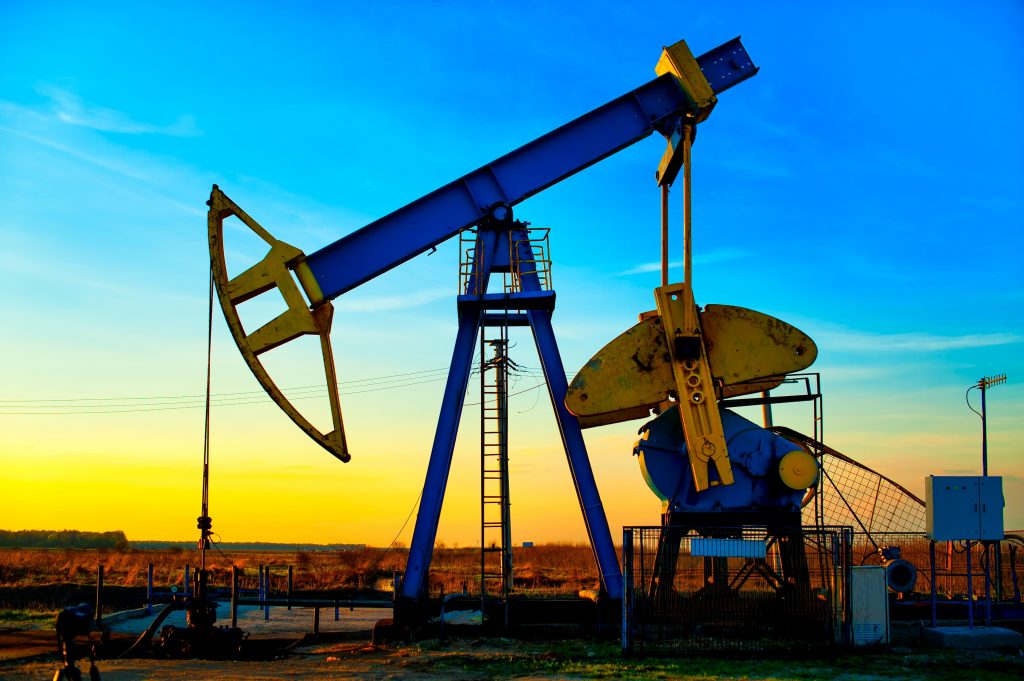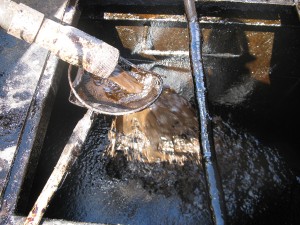E&P companies triple 2017 hedging to 24% of production, hedging income set to plummet

Small US E&P peer group continues to have the most hedging and weakest balance sheets
North American E&P companies have more than tripled the hedging protection for their 2017 production since April 2016—with 24 per cent of total 2017 production now hedged, according to new analysis from IHS Markit.
“Companies hedge their production to provide a level of protection against oil and gas price fluctuations, and during the period of low and declining prices throughout most of 2015 and 2016, North American E&P companies benefitted significantly from having large hedge books,” said Paul O’Donnell, principal energy company analyst at IHS Markit and author of the hedging analysis.
According to the IHS Energy Comparative Peer Group Analysis of North American E&Ps, production hedging for the group of 52 companies studied more than tripled to 1.1 billion BOE, or 24 per cent of production, since the previous hedging study conducted by IHS Energy (now IHS Markit) in April 2016.
“However, with oil prices rising in recent weeks, the North American E&P peer group will see its hedging revenues drop, as the spread between hedged prices and market prices narrows. Once final results are in, we expect hedging revenue for the group to have dropped by 50 percent in 2016—to $8 billion for the year,” said O’Donnell.
The peer group now has 16 per cent of 2017 oil production and 37 per cent of 2017 gas production hedged, IHS Markit says.
“For 2017, we estimate hedging revenues for the group will plunge 94 percent to just $0.5 billion because of the narrowing spread between the current price outlook and hedging strike prices,” said O’Donnell.
In 2015, the group earned approximately $16 billion in hedging profits.
The average hedged prices in 2017 for the US E&Ps are $52.24 per barrel for oil and $3.17 per MCF for gas, which are both below the current NYMEX futures price outlooks of approximately $55 per barrel and $3.30 per MCF.
Oasis Petroleum, PDC Energy, SM Energy and Chesapeake Energy are among the companies in the group that have locked in comparatively low prices.
Companies with attractive 2017 hedge books, which offer downside protection but still enable them to capture upside if prices rise, as well as lower debt metrics, include Pioneer Natural Resources, Rice Energy, Laredo Petroleum, Concho Resources and Antero Resources.
“With oil prices staging a strong recovery from the sub-$30 per barrel lows of early 2016, the companies that locked in prices in the $40 to $45 per barrel range could suffer big losses if market prices continue to increase,” said O’Donnell.
The small US E&P peer group continues to have the most hedging and weakest balance sheets, according to the IHS Markit analysis.
The group has added significant volume of 2017 hedging throughout 2016, and now has 51 per cent of total 2017 production hedged, compared with just 18 per cent for the large US E&P peer group.
“Comparing the current NYMEX futures prices to the average hedging prices suggests that, overall, it would be better to be currently unhedged or only lightly hedged to protect from the downside. We do still believe it is prudent for the group to maintain some level of downside protection, particularly for the more indebted companies,” said O’Donnell.

Ph: 432-978-5096 Website: www.mapleleafmarketinginc.com








